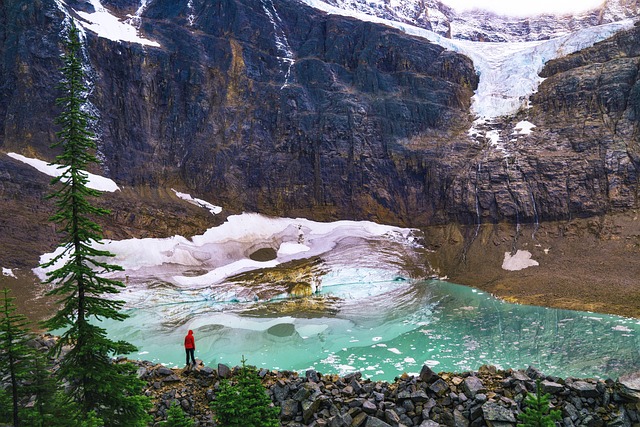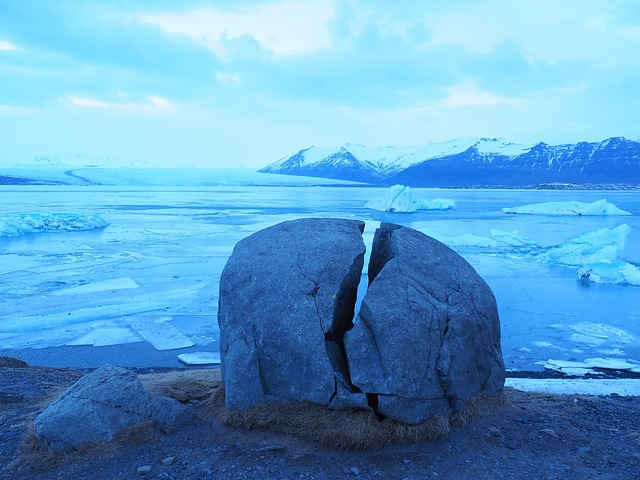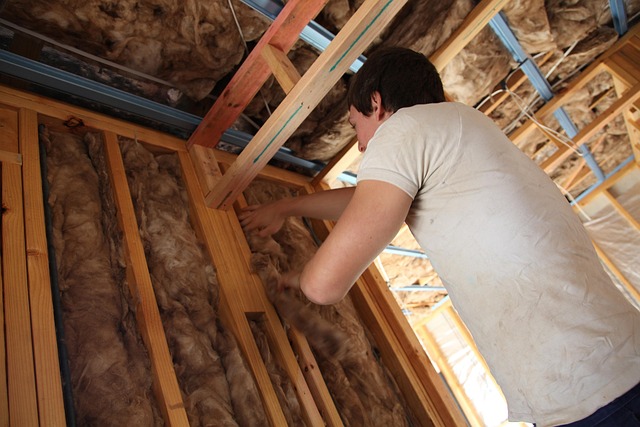The phenomenon of permafrost melting is becoming an increasingly pressing concern in today’s conversations about climate change and environmental preservation. With vast stretches of land once thought to be stable now becoming unstable due to rising temperatures, the implications for our planet are dire and multifaceted.
Permafrost, the permanently frozen ground that blankets approximately a quarter of the Northern Hemisphere, serves as a critical carbon sink. It has effectively trapped enormous amounts of greenhouse gases, primarily carbon dioxide and methane, for thousands of years. However, the relentless rise in global temperatures is causing this icy cloak to thaw, releasing these potent gases into the atmosphere. This creates a vicious cycle where climate change feeds on itself, exacerbating the very problem we are striving to combat.
The impacts of permafrost melting extend beyond greenhouse gas emissions. As the ground thaws, it leads to significant changes in landscape and ecosystem dynamics. Entire habitats that support wildlife are being transformed, leading to loss of biodiversity and altering food webs. The release of nutrients from thawing organic matter, while seemingly beneficial, can lead to algal blooms in nearby water bodies, which in turn can create dead zones that devastate aquatic life.
Moreover, communities that depend on permafrost for their infrastructure are facing alarming challenges. As the earth beneath buildings and roads becomes unstable, there is an increased risk of infrastructure failure. Homes, schools, and churches built on permafrost are sinking or cracking, necessitating costly interventions that often aren’t feasible for remote communities. Lives and livelihoods are at risk, prompting urgent discussions around climate resilience and adaptation strategies.
The environmental ramifications of permafrost melting are not limited to local or regional scales. The impact resonates globally, as permafrost regions contribute to rising sea levels when the melted water flows into oceans. As ice caps melt and glaciers retreat, coastal areas around the world are left vulnerable to flooding. These interconnected systems highlight the necessity for a comprehensive approach to climate action—one that recognizes the melting permafrost as a symptom of a larger, systemic issue.
Addressing the challenges of permafrost melting requires us to rethink our relationship with the environment. Sustainable practices, reduced carbon emissions, and innovative solutions must become the norm rather than the exception. Each of us has a role to play in this eco-revolution, whether it’s advocating for policy changes, supporting renewable energy initiatives, or making informed choices in our daily lives.
The urgency of addressing permafrost melting cannot be overstated. The time to act is now, for the sake of our planet and future generations. We owe it to ourselves and the countless species that share this Earth to restore balance and strive for a sustainable future. Together, we can combat climate change and mitigate the profound effects of melting permafrost, ensuring our environment remains resilient in the face of these critical challenges.



